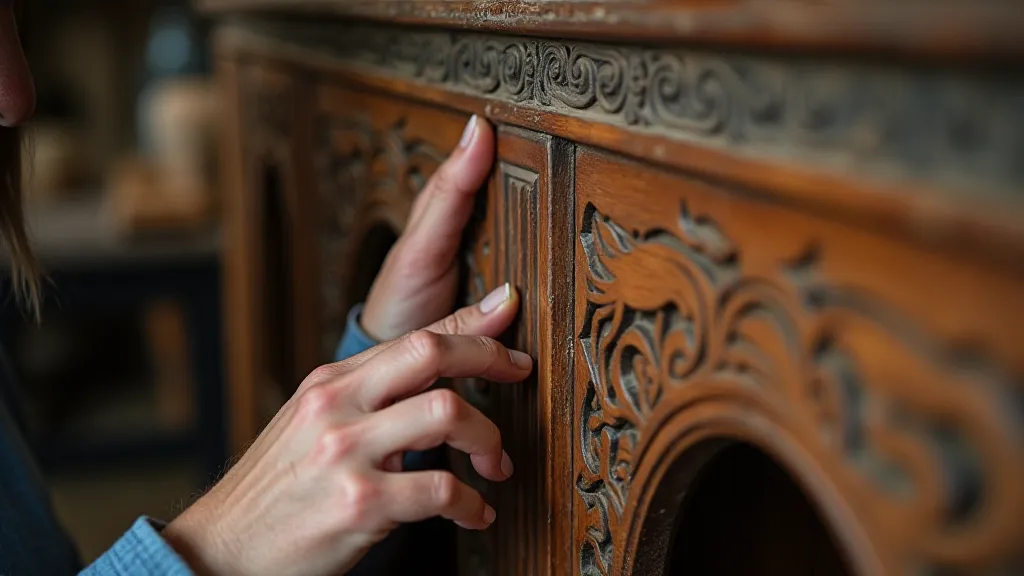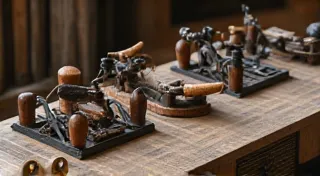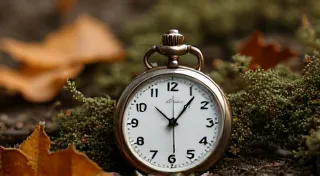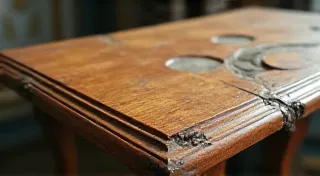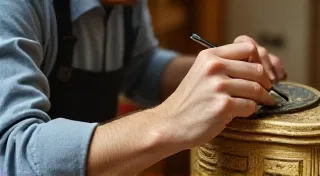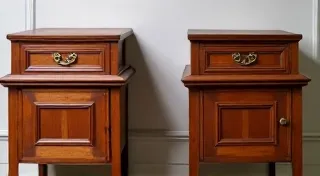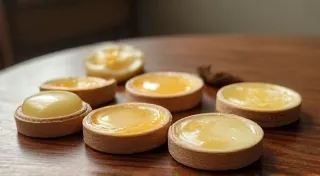The Ghosts in the Grain: Unearthing Narrative Through Furniture Restoration
There’s a certain magic that hums beneath the surface of antique furniture. It’s not merely the beauty of the aged wood or the intricate carving, but the whispers of lives lived, meals shared, and stories told around the piece. As restorers, we’re not just repairing wood and varnish; we’re caretakers of history, tasked with listening to – and respecting – the ghosts that reside within the grain.
I remember my first significant restoration project: a Victorian walnut dresser, found abandoned in a crumbling farmhouse. The piece was ravaged by time and neglect – layers of grime, water stains, and a clumsy, ill-advised attempt at a modern paint job. It was tempting to strip it all away, to bring it back to a pristine, idealized version of its former self. But as I gently began to remove the layers of modern paint, I noticed something unexpected. Faint, almost invisible floral patterns emerged, hinting at a delicate wallpaper that once graced the walls of the dining room. It felt disrespectful to erase that vestige of a bygone era, a silent testament to the home it once belonged to.
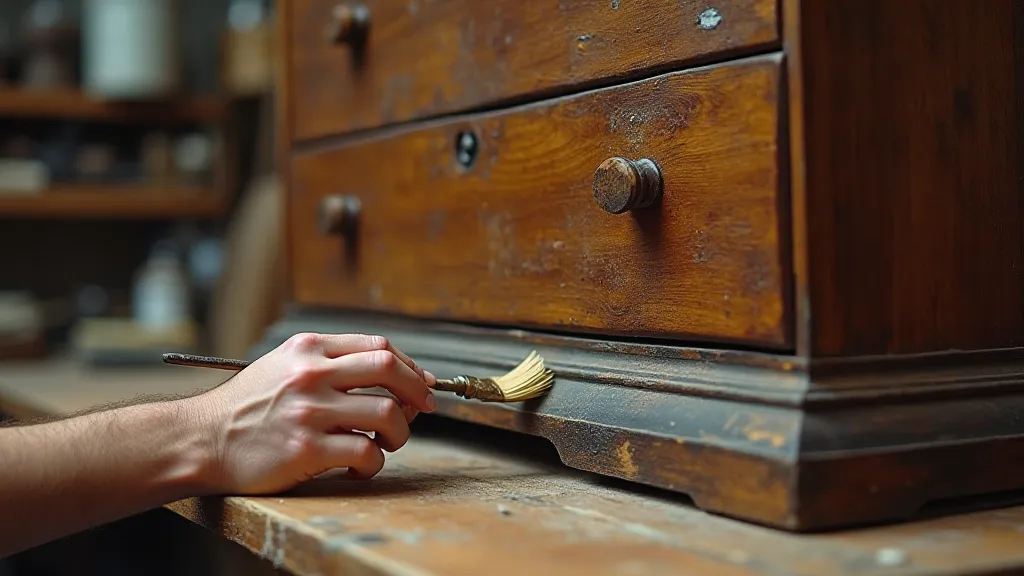
Beyond Repair: The Poignancy of Preservation
Furniture restoration isn't just about structural integrity. It's about understanding the piece’s story. A scorch mark might indicate a near-disaster – a dropped candle, a frantic attempt to warm a room. A patch of mismatched wood could tell of a hurried repair made during wartime, when resources were scarce and perfection was secondary to survival. These imperfections aren't flaws; they're clues, fragments of a narrative waiting to be deciphered. The most skilled restorers are not merely craftsmen, but detectives of the past.
Consider the evolution of furniture itself. In the 18th century, furniture was often built to be functional, robust, and easily repaired. Joints were deliberately exposed, and repairs were often made with readily available materials. This honesty in construction gives restorers a unique window into the mindset of the original maker. They weren’t concerned with a seamless, invisible repair; they were focused on getting the piece back into service, quickly and efficiently.
Ethical Considerations: A Restorer's Responsibility
The power to interpret and potentially alter the narrative of an antique carries a significant responsibility. It's a constant balancing act between preserving authenticity and ensuring stability. Over-interpretation can lead to inaccurate restorations, imposing a narrative that doesn't exist. Conversely, a purely clinical approach, focused solely on structural repair, risks erasing the very details that give the piece its character and historical significance.
One of the most challenging ethical dilemmas involves dealing with later alterations. A piece might have been heavily modified over the years – perhaps with the addition of new hardware, a changed finish, or even significant structural changes. Should these later interventions be removed, returning the piece to its original form? Or should they be acknowledged as part of its evolving history? The answer often depends on the specific piece, its historical context, and the degree to which the alteration obscures its original character.
There’s also the importance of documentation. Detailed records of the restoration process – photographs, notes on materials and techniques, and a clear explanation of any interventions – are essential for transparency and future research. It allows others to understand the rationale behind the restoration choices and to assess the piece’s history with a full understanding of its journey.
Non-Destructive Analysis: Listening Without Touching
Fortunately, advancements in technology offer increasingly sophisticated methods for analyzing antique furniture without causing further damage. Ultraviolet (UV) light can reveal hidden finishes, repairs, and even the presence of woodworm. Infrared photography can penetrate layers of grime and varnish, revealing underlying details. X-radiography, though more invasive, can provide valuable insights into the internal structure of a piece, revealing hidden repairs or construction techniques.
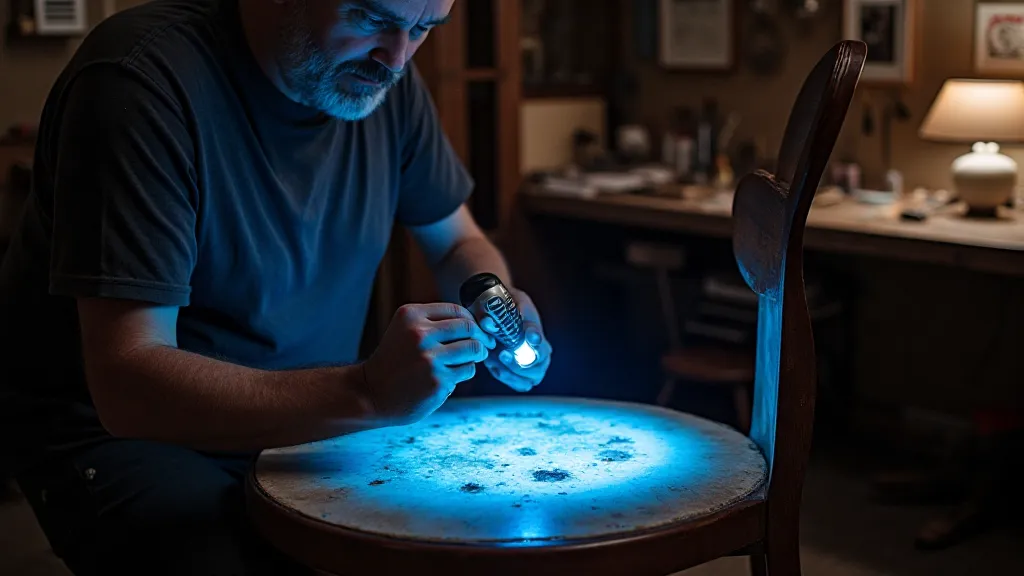
These techniques allow us to "listen" to the piece without actively touching it, gathering clues about its history and construction without risking further damage. We can learn about the original finish, the types of wood used, and the sequence of repairs made over the years – all without having to strip away layers of varnish or dismantle the piece.
The Enduring Connection: More Than Just Wood
Restoring antique furniture is more than just a craft; it’s a profound connection to the past. Each piece carries within it the echoes of human lives – the laughter, the tears, the triumphs, and the tragedies. As restorers, we become temporary custodians of these stories, tasked with preserving them for future generations.
It's a privilege to handle these objects, to feel the weight of history in your hands, and to witness the beauty that emerges from careful attention and respect. There's a quiet satisfaction in knowing that you’re not just repairing a piece of furniture; you're preserving a fragment of the human experience. And perhaps, just perhaps, you're helping to keep the ghosts in the grain alive.
